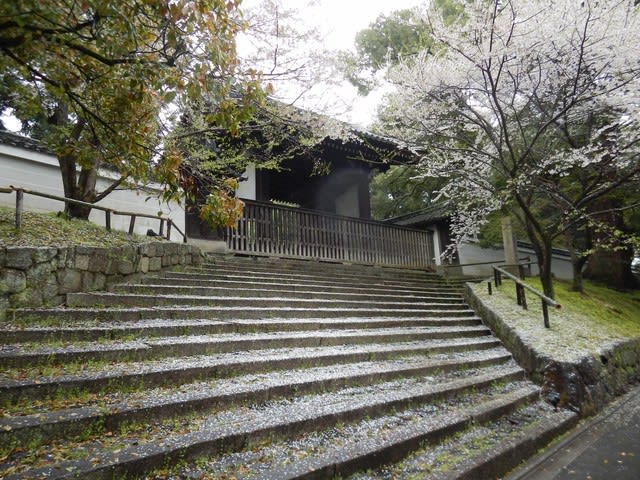I have thought about what the forces mean, and I have thought about the five principles and what they mean. Now let's go back to the expression Cs+Cp=F(E,S,R)=F{g(f(t)),h(f(t)),R}. This formula is inspired by the concept of the production function* in economics. The formula states that the amount of production is determined by the amount of investment, labor force, and technology input. The formulas in this paper express the 'relationships' in which creations are determined by the input of values, technological efficiencies, social structural forces, and counteracting forces. No attempt has been made to express the function numerically.
*Production function
Thinking about the production function in economics, it is possible to calculate the amount of production, and it may be possible to calculate the amount of input capital and labor. This is because these concepts can be expressed by the ruler of "money." It expresses what kind of production can be achieved by inputting the ratio of capital and labor. It is unclear at this stage whether it will be possible to do so, and whether it will be possible to express technological efficiency, social structure, and reaction force like terms of money. It is here that one realizes that economics is a discipline built on concepts based on "quantity" such as money, commodities, and services. On the other hand, it also makes me wonder if civilization studies can be constructed with concepts and worldviews that are different from those of economics. And in the era of big data and AI, the foundation would be established.
It may be said that the 19th century was the age of physics and the 20th century was the age of economics. As a result, we have entered an era in which many people act with "economic ideas." The pattern of behavior is based on profit motives, and the value is placed primarily on ``economic reasons''. The number of “rational individuals” may have increased, but bubbles and recessions have continued to occur. Recently, I have come to feel that economic value is not everything for human beings. What, then, are the concepts necessary for civilization studies that are different from economics? Is it really possible for civilization studies to have a concept that serves as a standard unit like "money" in economics?
Since money expresses the amount of production, investment, and the amount of labor, it is established as a mathematical formula. On the other hand, the above formula for the driving force is not a mathematical formula but a formula that simply expresses the relationship. Creations are just creations, and can be products, philosophies, or cultures. In contrast, technical efficiency, social structural strength, and counteracting force, rather than quantitatively, are factors that improve people's lives, such as technological innovation and the economy. If it's a factor that causes it, or if it's a counteracting force, it may be the factor that tries to return to the original.
In the social sciences as well, there are two grounds for establishing these various concepts of forces. This is probably because the ``problem of quality and quantity'' is a peculiar factor as the ``problem of the structure of various forces''.
In order to make analysis possible in the social sciences, social sciences should no longer focus on the characteristics of various forces like gravity, electric power, and magnetic force, and build a systematic worldview, like in physics textbooks. Technological efficiency (the force to improve life), social structure force (the force to develop the collective strength of the community), and counteracting force (the force to return to the original) are the discoveries of various forces in social science. It seems that clarifying the characteristics and structures is necessary as a method for analyzing the individuality of each civilization.
In a sense, as I briefly touched on in Ranke, world history is still limited to metaphysics by historians.
Another thing is that the concept of various forces in social science is the combined force of the qualitative force of some creative human beings and the quantitative force of many people who imitate it. Isn't it different from the concept of force in Toynbee called this force "Mimesis".
With that in mind, when we think about forces in the social sciences, we have technical efficiency force, qualitative force, and quantitative force. Social structural force, qualitative force, and quantitative force. A combination of reaction force, qualitative force, and quantitative force may arise. There will also be combinations of technical efficiency and social structure, social structure and reaction, and reaction and technical efficiency. Other combinations like this, that is, syntheses of forces, will appear, but the premise for this is the analysis of the various forces. In the first stage, we extract the “force to improve life” in history, and consider under what circumstances the creative rulers who caused it appear, and under what conditions the people who imitate them. It is necessary to work to verify whether it appeared below and how fast it proliferated. In the same way, under what circumstances did the creative ruler who extracted the ``force to develop the community'' emerge, and under what conditions did the people who imitate it emerge? It is verified whether it appeared and at what speed it proliferated, and the reaction force is also verified in the same way.
However, this is not the end of the story, and the issue of "synthesis" of these various factors is a problem, but it will take a long time to reach that point. Series", Hari Seldon's psychohistory* is expected to be a long way off.
All rights reseved to M Ariake































